Features of forest raspberries
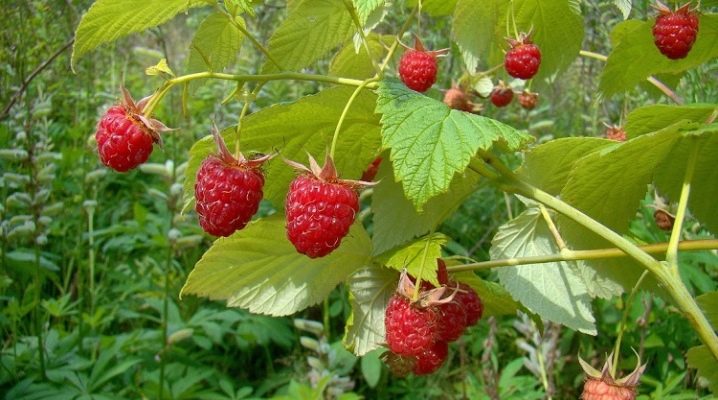
From time immemorial, mankind has been eating wild berries. Healthy and full of vitamins, fruits not only improve health, but also become a delicious dessert. Raspberry has long been considered the most popular forest crop. Its features, as well as the methods of cultivation, are worth knowing for those who live near forests.
general description
The first mentions of wild raspberries are found in the descriptions of ancient Roman philosophers. Also, it is popularly called a cat or bear berry. Forest raspberries belong to the Pink family. The culture has very powerful and developed roots, which throw out new shoots from year to year. The plant belongs to semi-shrubs. The shoots of the first year have a green color, they do not bear fruit. In the second season, these branches turn brown, stiffen. It is on such shoots that fruits appear.
Wild raspberry leaves are oval in shape. Their interesting feature is their coloration. The upper part of the leaf is dark green, and the lower one is completely light, covered with silvery soft fluff.
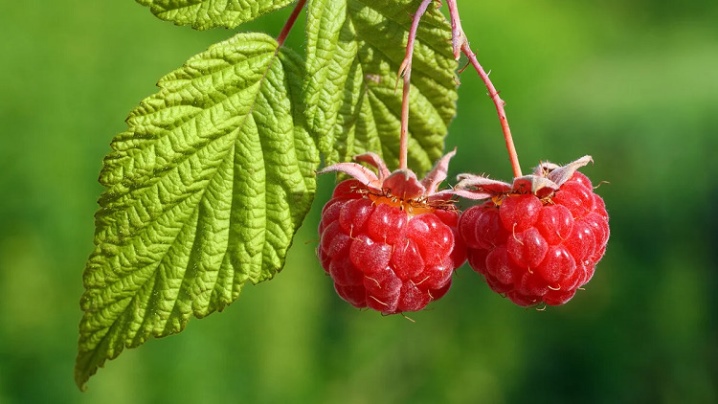
The flowers are small and white. Each specimen contains many stamens and pistils. Wild raspberries bloom in the first and second months of summer, then begins to bear fruit. Fruiting culture is not stable. With prolonged rains, pollinating insects do not fly to the plant, which means that there will be few fruits, or they will not appear at all.
It should be noted that forest raspberries are different from garden raspberries. The difference will be both in cultivation and in the form of fruits. Garden raspberries love the sun, while wild raspberries often grow in the shade of trees. It is customary to shelter home raspberries for the winter, and forest raspberries survive even the most severe frosts, they are more hardy. The berries of the wild culture look smaller in comparison with the fruits of the garden, but they are distinguished by a richer set of useful elements. Forest raspberries are much more useful, they make excellent blanks.
In terms of benefits, wild culture surpasses almost all domestic shrubs with berries. Its fruits contain a huge amount of organic acids, there are sugars, vitamins, macronutrients, essential oils. Thanks to this complex of substances, it is customary to use raspberries:
- for the prevention of colds and ARVI;
- with increased blood pressure;
- in case of poisoning, intestinal disorders;
- with bleeding (as a hemostatic);
- with weak immunity and a tendency to colds, flu.
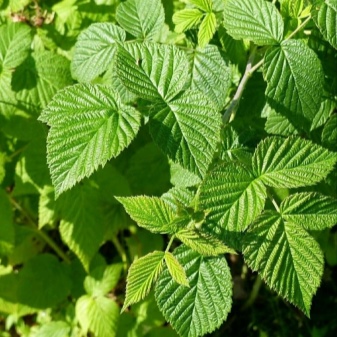

Habitat
Wild raspberries are very common in Russia, but every year their number in the forests continues to steadily decrease. Today, bushes of this culture are found in deciduous, coniferous and other forests, they can grow in almost any region of the country. A wild shrub should be looked for at the edge and in the depths of the forest; it is often found in open meadows. Forest raspberries grow near rivers, lakes, and other bodies of water. It is often found in ravines as well.
It is best to pick wild berries in the morning, because it is not an easy job. Raspberries are prickly, so you should take gloves with you, as well as insect repellents, which are many in the forest on a hot day. It is best to collect raspberries in a basket or basket so that the berries do not crinkle. They go for berries on a warm and dry day, since the harvested raspberries are afraid of moisture. It will quickly crumple and flow. For the same reason, the collection containers are washed in advance. Experienced gardeners recommend laying out the berries in layers, separating the layers from each other with foliage.It is desirable to process the fruits on the same day.
Important: during fruiting, bears often roam around raspberries, who adore these berries. During this period, the animals are not too dangerous, they are lazy, but it is better to avoid meeting.
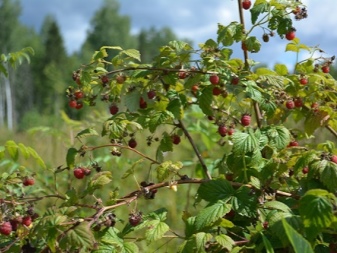

Using berries
Wild berry crops are most beneficial when eaten straight from the bush. So you can get a full range of nutrients. But, of course, you cannot eat a few kilograms, because this can cause an excess of vitamins, indigestion and allergies. Therefore, it is worth thinking about blanks.
- Freezing. Freezing at home will allow you to save nutrients. You can freeze the whole fruit, or you can press down and cover with sugar.
- Candying. The fruits are examined, the best ones are selected. Take a container of 2 or 3 liters, mix the berry with sugar in a ratio of 1 to 1. Stir, take it to the refrigerator. On the same day, every few hours they take out to mix again. On the second day, the sugar will dissolve, and the composition can be poured into separate containers. Store these raspberries in a cool place.
- Drying. Few people know that forest culture can also be dried. Selected berries are poured onto a baking sheet, on which parchment paper or fabric material was previously spread. Then the oven is turned on at a low temperature and the baking sheet is sent there for about 5 hours. Every hour and a half, the oven is opened, and the berries are mixed.
Dried fruits are folded in canvas bags and stored in the dark, avoiding moisture.
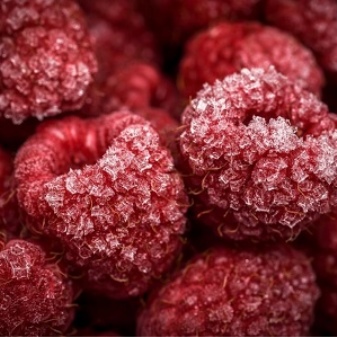

Also made from fresh raspberries:
- jam;
- delicious filling for pies, cakes, muffins, pastries;
- compote;
- mousse;
- fruit drink;
- marmalade;
- a variety of cocktails.
It should be noted that wild forest raspberries are used not only for food. It is very widely used by cosmetologists.
- Acne. You will not need berries, but the leaves of the culture. They are crushed to make juice. Then 1 part of the juice is mixed with 3 parts of butter. This mixture will quickly get rid of acne.
- Skin protection. If you add fresh raspberry juice to your regular cream, it will be an excellent prevention of skin aging. In addition, the dermis will always be in good shape.
- Improving the appearance of the hair. Raspberry juice can be added to your daily shampoo or conditioner. This will make your hair look shinier and healthier.
- Getting rid of skin imperfections. Many people do not like freckles, age spots on the face. Raspberry juice added to a cream or mask will also help to cope with them.
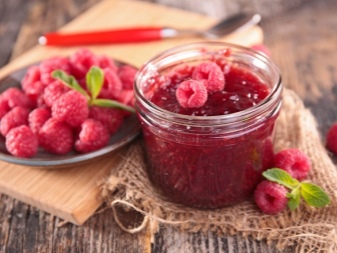

Can I grow on the site?
Wild raspberries can be successfully grown on your own plot. It is only important to consider a few rules.
- First of all, you need to choose a place where direct light will not constantly fall on the culture. In the forest, raspberries grow in the shade, so it should be on the site. But if there is no such place, that's okay. The culture is not very demanding about lighting. The soil is another matter. In forests, the plant grows only on nutrient-rich soils. In conditions of their lack of fruiting, one cannot wait.
- The site is prepared ahead of time, digging it up and applying top dressing. Too acidic soils will need to be deoxidized by adding dolomite flour.
- It is recommended to plant raspberries directly with an earthen clod. To do this, it should be carefully dug out in the forest. Can also be planted in a trench. The furrow will be 0.6 m deep and 1 m long. The soil must be fertilized. Then bushes are planted there. If they are without a coma, then even in the forest it is worth wrapping the roots with a damp cloth in order to calmly bring the culture home.
Caring for a forest plantation is almost the same as for a garden plant. After harvesting, the shoots that bore fruit this year are pruned. In addition, shoots should not be allowed to travel along the ground. Better to tie them up, so there will be more harvest. In winter, the branches are laid on the ground. If there is no snow, you will have to cover them. Wild raspberries are very cold-resistant, in the forest, of course, no one comes to shelter them, but there are completely different conditions and a different microclimate.If there is snow, no shelter is needed.
In the spring, shoots are found that will bear fruit. Their tops must be pinched. Such a simple measure will allow you to get more juicy fruits.
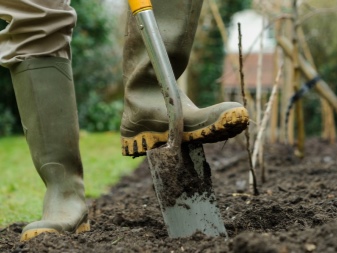













The comment was sent successfully.